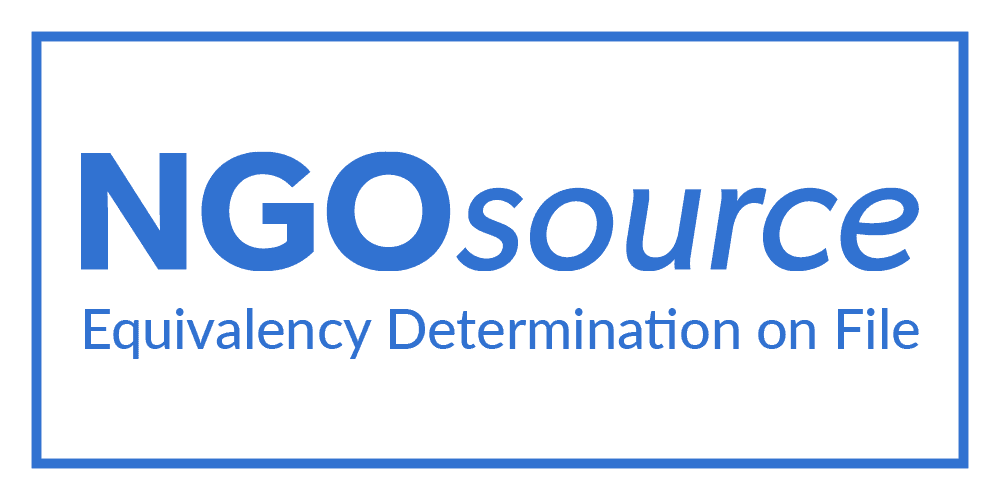The case for insurance innovators to consider the cell captive regulatory model
The case for insurance innovators to consider the cell captive regulatory model
3 May, 2021 •In many African countries, the potential for inclusive insurance markets is significant, however, this potential has yet to be fully realised. High entry barriers for new innovative players and regulation that may not effectively accommodate them are important contributing factors.
The cell captive model has emerged as a way for entrepreneurs or organisations with an insurance business concept to participate in the insurance market without obtaining an insurance licence of their own. Instead, under this arrangement, the license of an insurer can be extended to an innovative player or cell owner, to cover the risks of its client or membership base without the cell owner needing to meet the full suite of regulatory and capital requirements. Such structures are referred to as third-party cell captives.
Research conducted in South Africa and in sub-Saharan Africa (SSA) suggests cell captive insurance may be a viable option for innovative insurance players to consider to overcome some of the market challenges they are currently faced with. This includes providing an entry route into the insurance market at lower cost and with fewer compliance hurdles than under a full insurance licence, but with more autonomy, and with the option to share in the economic gains of insurance, as compared to an intermediary licence. This is particularly relevant for innovative players like insurtechs who do not want to become insurers in their own right, but find that being relegated to a broker or agent licence does not speak to their unique value proposition, making them a square peg in a round hole. At least for some players, participating in a cell captive can provide a square hole for their square pegs.
This work articulates the case for cell captives compared to other options available for insurance market participation, from the perspective of a prospective cell owner. It outlines existing cell captive models, unpacks the market challenges facing smaller players and presents the key considerations for operating in a cell captive structure.
This collaborative work would not have been possible without contributions from Guard Risk and the Risk, Remittances and Integrity programme, a partnership between FSD Africa and Cenfri.
